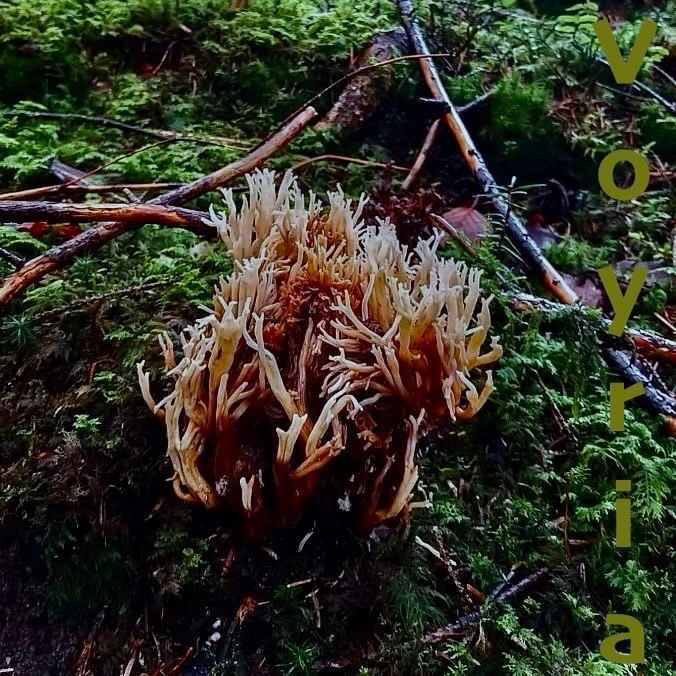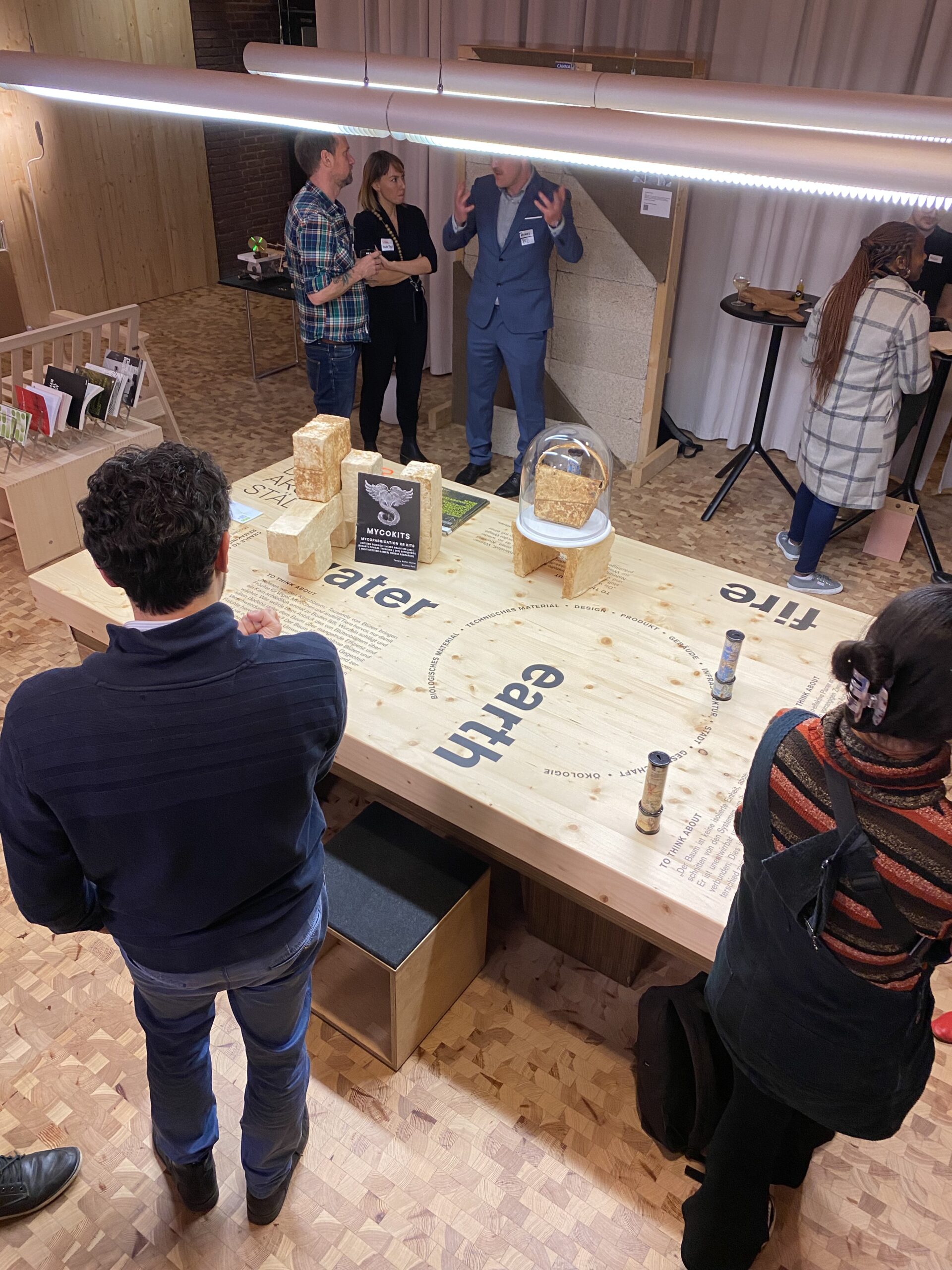Daniela Felder invited us in November to be part of a panel on sustainable fashion The Social Hub (B Corp™) Berlin, together with Steven Boylan from yoona.ai (Techstars ´21). It was a fun opportunity to connect to people that love fashion but are also deeply committed to nature conservation.

There are leaders that have dedicated their lives to inspire people to engage in responsible creation, production, and consumption. DANIELA FELDER and Annette Felder are two pioneers that have enacted this changes at their own label FELDER FELDER INC and are now building a platform to engage and inspire transformative conversations and collaborations.

Future Fashion Concepts (FFC) illuminates the pressing call for environmentally and socially responsible practices within the fashion and textile design sectors while celebrating the pioneering innovators driving transformative change. Curated by Annette and Daniela Felder, co-founders of Felder Felder, FFC showcases a diverse array of responsible advancements and innovative creations underscoring how culture impacts systematic changes. By partnering with an educational institution, Future Fashion Concepts aims to involve, inspire and initiate future generations of creatives to utilize their talent and knowledge to contribute to a responsible fashion ecosystem. The genesis of “Future Fashion Concepts” traces back to 2018 when Annette and Daniela Felder inaugurated the exhibition during Art Basel Miami. Serving as a catalyst for discourse, the initiative provided a platform to articulate the imperative for ecologically and socially mindful practices within the fashion industry, sparking dialogues that continue today.






